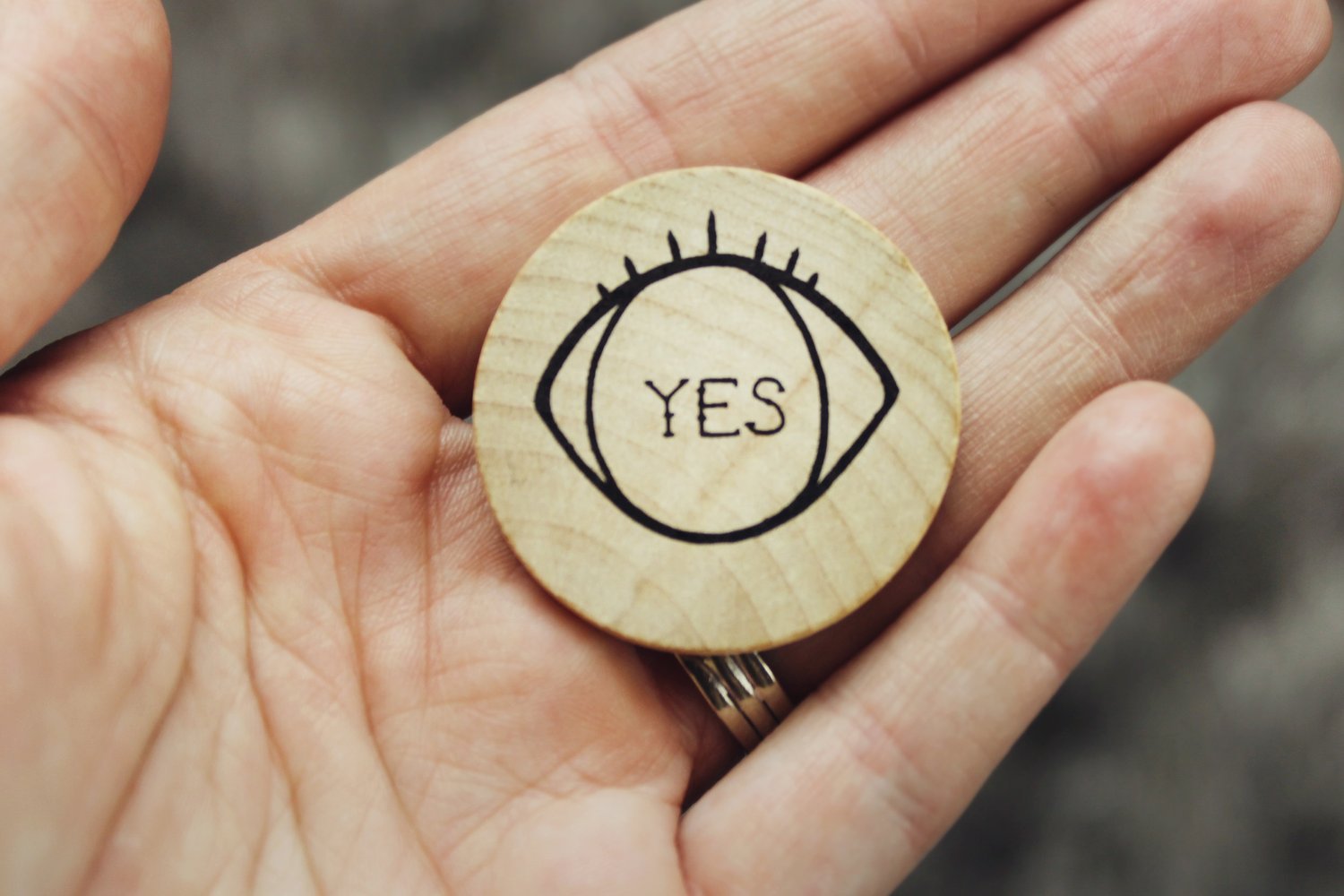Transforming FOMO into Wholeheartedness
Photo by Jen Theodore on Unsplash.
How fraught is your experience of decision-making? How much do you feel pulled between two good options? How difficult is it for you to say no to one of them? How much energy do you then spend revisiting that decision and agonising over whether you made the right one? And how much FOMO - the Fear of Missing Out - do you tend to feel?
If this rings true, then decision-making is likely exhausting for you. I’ve been thinking a lot about it recently because I’ve been needing to make choices myself. Big life choices, between two options that both feel necessary and important, but that I need to choose between.
And I’ve noticed myself experiencing FOMO in a big way.
When I think of what I’ve said no, my body gets tight, I feel constricted in my chest and pit of my stomach, and my gut starts to churn. When I check in with my emotions, I’m feeling scared, resentful, angry, under threat, and betrayed. There’s a lot there.
So – what if you could learn to turn the FOMO into an empowered yes?
And how might you do that?
Here’s a series of four questions to ask yourself, in this order:
1. What are you really afraid of here?
Many times, what we humans perceive as threat targets one of three core drivers: security, approval, or control. Which is under threat for you right now?
When I checked in with myself, I noticed that for me the biggest driver was security.
2. What’s the story you’re telling yourself?
There’s always a narrative beneath bodily sensations. What is it that you’re believing is true?
For me, I noticed a few things. I was telling myself that :
Choosing this option — the one I’d chosen to say no to — was the only way that I could feel safe and secure
I needed to keep up with the Joneses or I’d fall behind
I wasn’t complete or whole without this option
It was now or never. If I didn’t take this choice, I would NEVER be able to do something like this again.
Wow. A ton of pressure! No wonder I was feeling so conflicted.
3. Can you accept yourself for feeling exactly this way?
We can’t shift what we can’t accept. As long as we’re wanting things to be other than how they are, we’re unable to work with them.
So, in this moment, are you able to simply be with your fear, your threat response, your ego, your paranoia — all the ugliness that might be surfacing — and let it be without needing to change it?
4. What would you need to believe for this to be an empowered YES to something else, not just a NO to this?
Author Parker Palmer has a beautiful analogy. So often we’re standing at a closed door, banging it in desperation for it to open… when all we need to do is turn around and take in the expansiveness and abundance of the world that’s right behind us. So, if you’re agonising over your NO, what do you need to turn around and say YES to, instead?
For me, here’s some of what came up:
“I would need to believe that there’s always more where that comes from.”
“I’d need to believe that I can make good decisions, and trust myself.
“I’d need to believe that if I want to be fully committed to something I’m saying YES to, it makes sense to wait until the time is right.”
“I’d need to believe that I’m already whole and complete, just as I am.”
Right away, I began to feel my body become less tight.
Leadership expert Michael Hyatt talks a lot about an abundance vs scarcity mindset. An abundance mindset is characterized by trust in being provided for. A scarcity mindset is consumed with there being not enough. Many of us default to a scarcity mindset, which is often accompanied by binary thinking:
“It’s now or never.”
“If I don’t do this thing right this very minute, I’ll never succeed.”
“There’s only one way to do this.”
“It’s either me OR them. We can’t both make it.”
“I’m either right or they are.”
When we’re stuck in this scarcity mindset, we aren’t able to access our creativity and resourcefulness. And we don’t tend to make good decisions because we’re being driven around by our threat response.
Something to chew on: What do you learn about yourself when you walk through the above questions? And what lifelong pattern might this reveal?
This post was written in 12 minutes, followed by a few simple edits for grammar and clarity. It’s an active practice to transcend perfectionism and paralysis when it comes to my creative work.

